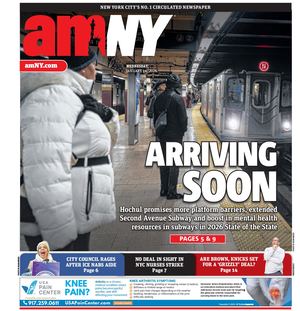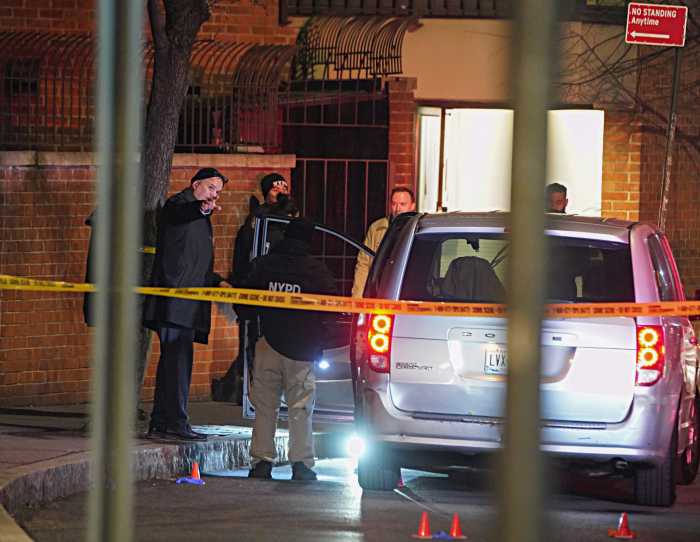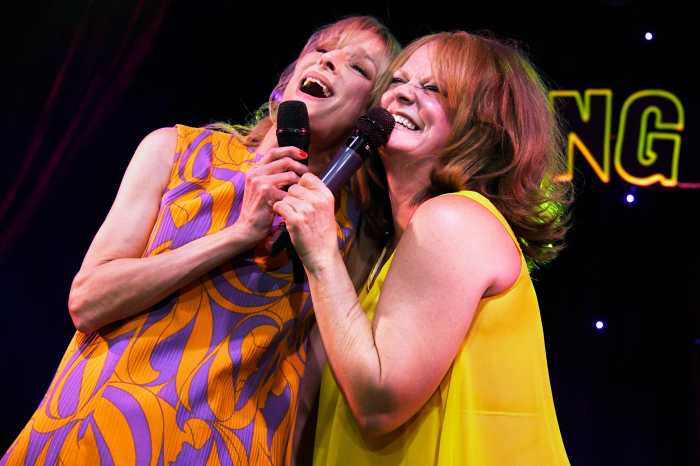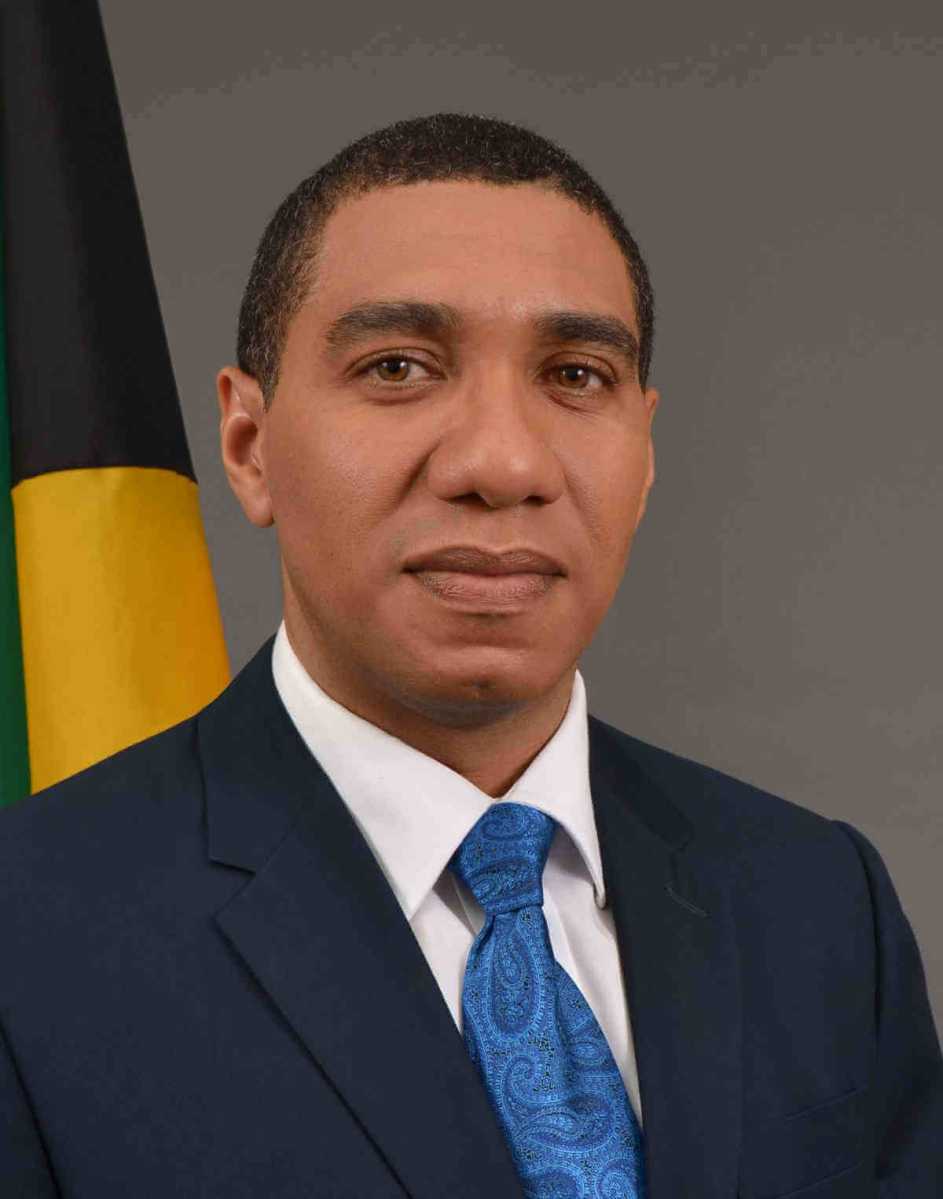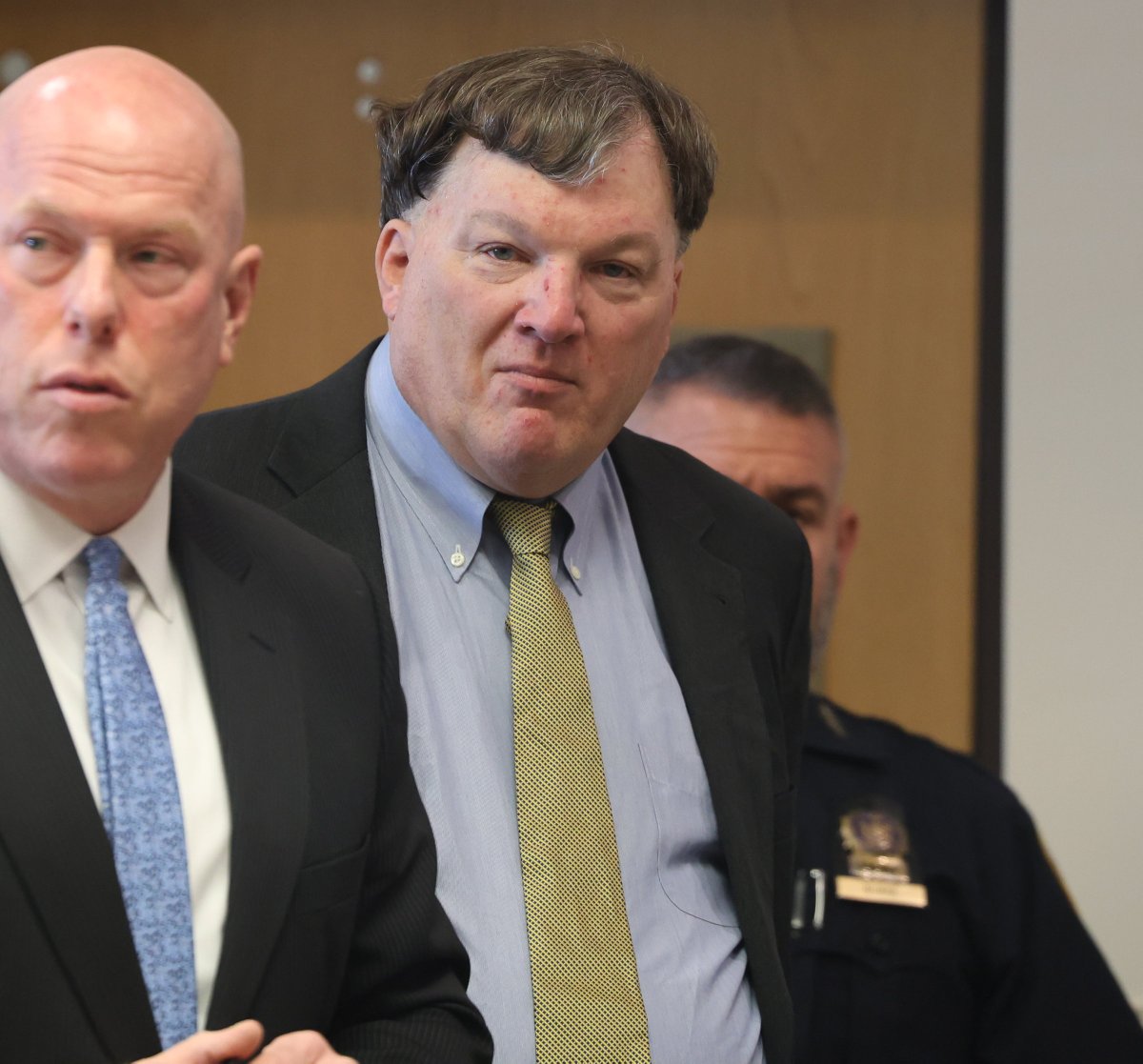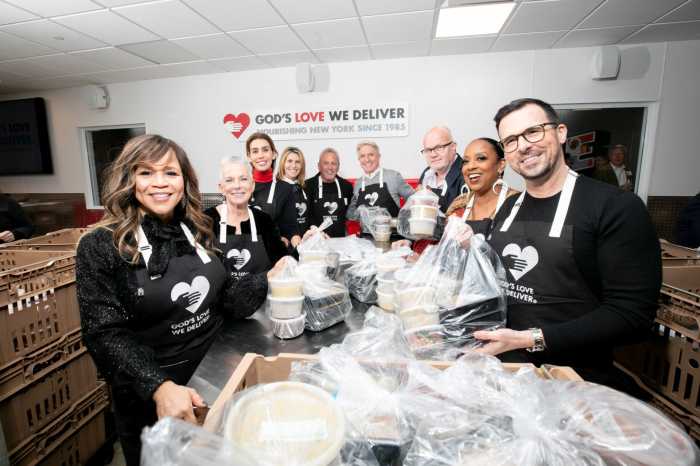By Joyce Ravitz
Volume 79, Number 5 | July 8 – 14, 2009
West and East Village, Chelsea, Soho, Noho, Little Italy, Chinatown and Lower East Side, Since 1933
Talking Point
Photo by Tony Suarez
The bombed-out American International School in Gaza. Opened in 2000, the school includes elementary, middle and high school. Its stated mission is to teach an American-style curriculum in English and Arabic to an international, multicultural student body.
Visit to Gaza was an assault on sense of justice
When I was growing up, my parents instilled in me the knowledge that Jews were hardworking people who would not stand for injustice. My Jewish education taught me that Jews were obliged to fight against discrimination and other wrongs whenever they occurred. And we met discrimination ourselves. My parents left the Lower East Side and I grew up in a small Pennsylvania town. My uncle, brother and I were the only non-Christians in the school system. A friend asked to see my horns. It was difficult. No wonder I returned to the Lower East Side.
When I was 13, my grandmother took me on a pilgrimage with Hadassah (the Zionist women’s organization) to Israel in 1956. I remember the wonderful feelings I had traveling around this new exciting pioneer state. This land opened its doors to people who had survived the Holocaust, to people who had been banished from their homes because they were Jews. The United States and other countries did not let these refugees enter their borders but, in essence, gave them a small piece of land on which they could resettle. It was a time of hope and passionate belief in how special Israel was and would become. I grew up believing that a people who had no land were given a land that had no people.
I am heartbroken and appalled by what Israel, the land I loved, is doing in Gaza today. On my trip in late May of this year, I witnessed physical and psychological damage from the Israeli occupation of Gaza. Israel had been blockading Gaza — by air, sea and land — for years before this recent December and January assault. The years-long blockade itself threatened the lives of adults and children. Most Gazans were unable to get medication or go to hospitals. Think of what your life would be like without ordinary items, such as fabric, thread, needles, candles, matches, mattresses, sheets, blankets, cutlery, crockery, cups, glasses, musical instruments, books, tea, coffee, chocolate, sesame seeds, nuts, crayons, clothing and shoes. These have not been allowed legally into the Gaza Strip for years. People in Gaza essentially live in a prison colony that they cannot leave.
Yes, Hamas sent rockets into nearby cities. And yes, these rockets violated international law since they were aimed at civilians. Israel returned with sophisticated weapons and an all-out assault on areas densely populated with Palestinian civilians who cannot leave, killing more than 1,400 people, including many children. Thirteen Israeli soldiers were killed during the December-January bombing. The number of deaths is disproportionate for Israel’s claim to be acting in self-defense.
I can’t ignore the context of this violence. Palestinians have been struggling by legitimate means to end the occupation of Gaza. The proper Israeli response to such actions should be a true withdrawal from the occupied territories. Israel still controls key aspects of day-to-day Gazan life, even though it withdrew the military bases and settlements. I ate at a beachside cafe watching Israeli gunboats patrol the Gaza coast. Do prisoners control a jail because they are the only workers in the laundry, library and kitchen?
During the December assault, the residents of Gaza were told to go to safe areas. I met families who thought they were in “safe” areas during the last assault. One grandfather of a family I met was killed instantly when a white-phosphorous bomb came through the roof of his home. The mother in the same family, sitting near him, was seriously injured. When friends tried to drive her by tractor to a hospital, she was killed by Israeli solders. Her 3-year-old daughter, now motherless, has scars over both legs and a 3-inch white-phosphorous burn around her middle. This same quiet child clings to a teenage relative, afraid to leave him even for a minute. They learned that there are no safe areas in Gaza.
Israeli pressure is shrinking the actual area available to the people of the Gaza Strip further. I met fishermen who fear the Israeli gunboats because they are kidnapped and shot at while trying to make a living. These kidnapped fishermen are either taken to Israeli jails or returned to Gaza with their equipment and boats ruined. The Palestinian farmers are in a similar situation. The Israelis recently built automated (without soldiers) watchtowers along the border that open up when activated and fire machine guns toward Gaza, killing people. The week before I arrived in Gaza, the Israelis dropped fliers on communities near the borders, telling the people that they would be shot at if they were within 300 meters, or nearly a fifth of a mile, from the borders. Gaza is about 25 miles long and between 3 and 7 miles wide. A million and a half people live in this small land. The new no-man’s-land Israel has created further reduces the area for living and farming in Gaza.
While in Gaza I met with an organization of young college students and recent graduates. Many youths had to forfeit scholarships to study abroad because they were not allowed to exit via either the Egyptian or the Israeli borders to use those scholarships. They asked us to put them in contact with young people around the world. Since they are barred from studying abroad, they hope to reach out to people from the outside world.
The destruction we saw from the December and January assault was severe. In addition to bombed-out schools, hospitals, police and fire stations and of course homes, we saw destroyed cement factories among the ruins. So Gaza can no longer make its own cement; but today not one bag of cement is allowed into Gaza through the Egyptian or Israeli crossings. Most other items continue to be forbidden as well. Families whose homes were bombed now must live in bare tents, without even cots.
We must do more to get both sides to stop the hostilities. What Israel is doing in Gaza is horrible beyond any words that I can express. So that we can all live in a more peaceful world, there must be a just resolution to the Israel/Palestine conflict. The killing must stop. Peace with justice must reign in our world.
Since Hamas won the 2006 elections, the Israelis have laid siege against Gaza. We in the United States have provided the wherewithal for this campaign. From 2003 to 2007 our aid to Israel averaged $2.8 billion per year. We must help to terminate these violations of international law, not encourage their persistence.
Our media is not sending us true accounts of what is happening in Gaza. It is hard to believe that if politicians actually saw what is going on there, they would continue to fund Israel’s military actions in Gaza. I was horrified to see bomb fragments that were clearly connected to the United States. Our tax money helped to fund the devastation of Gaza.
What can Americans do to change this? Encourage elected officials and others to travel to Gaza to discover what the area is really like; and be sure they talk to ordinary people who hope to lead ordinary lives but suffer attacks and privations. We must let our representatives know that we do not want our money to continue to support a government that attacks and kills civilians. We do not want our government to support a government that traumatizes and embitters the lives of survivors and a new generation. The continued hostilities directed toward Gaza undermine any hope of stability in the Middle East and the world.
Ravitz is a Lower East Side resident living on Grand St. and member of Community Board 3. She visited Gaza in May at the invitation of the United Nations Relief and Works Agency in Gaza with the assistance of Code Pink: Women for Peace.
